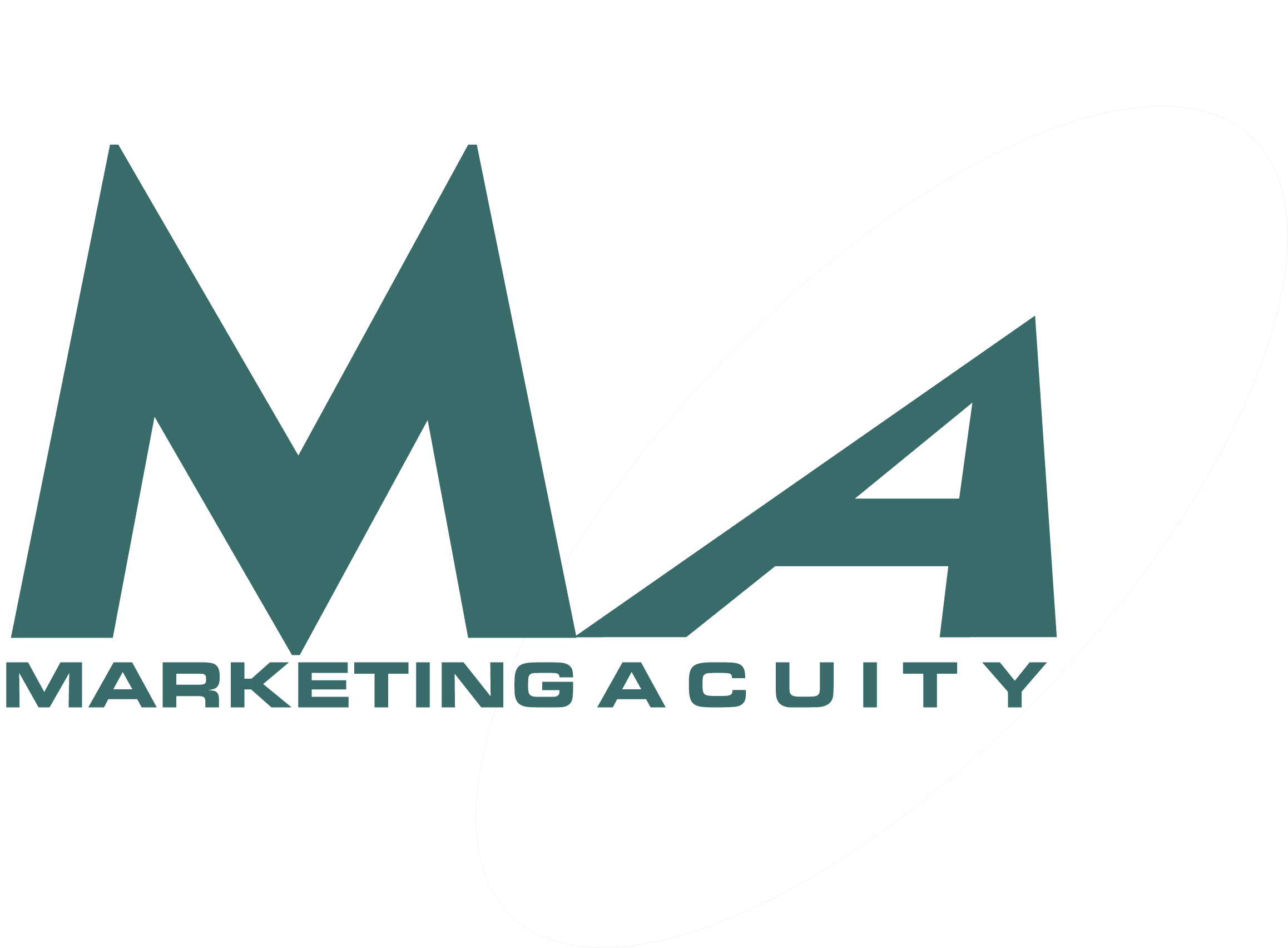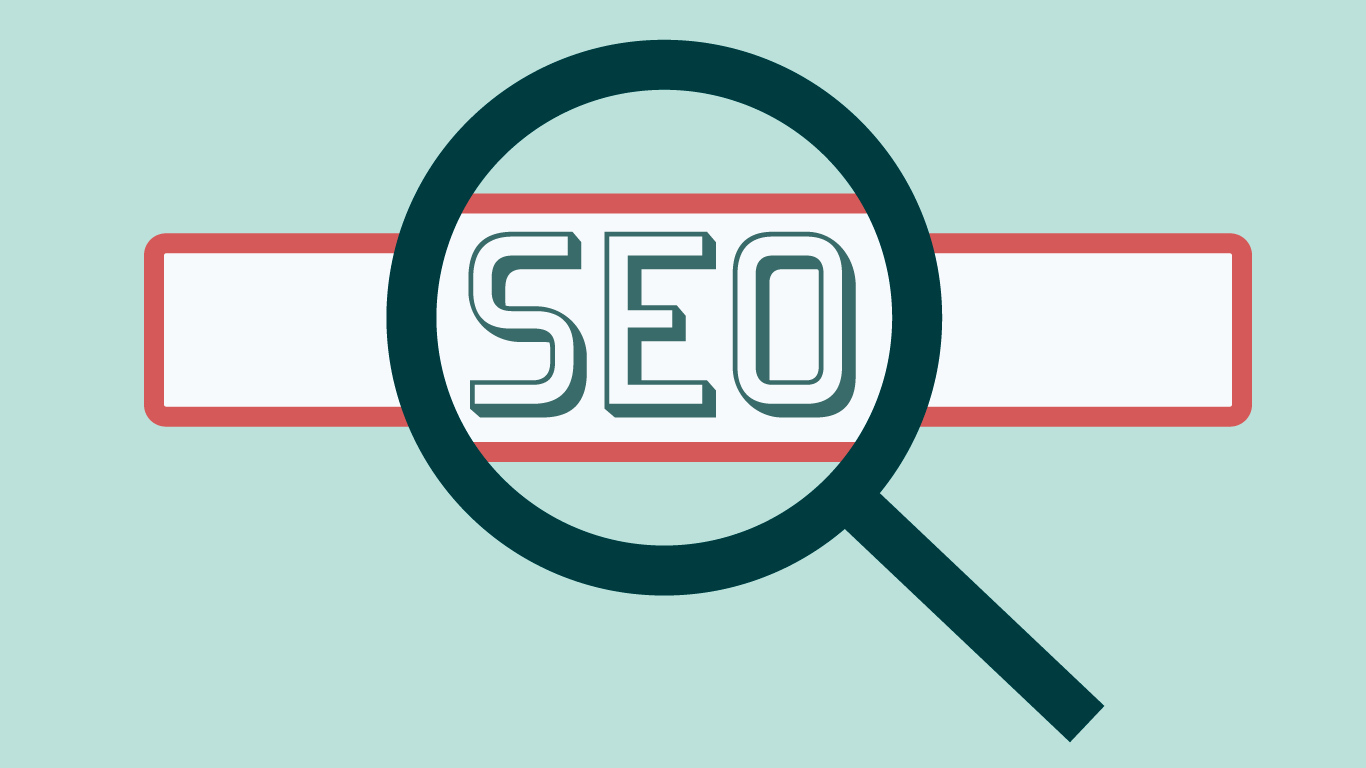Your business succeeds when customers find and visit you! Whether that be online or in person, your business has to be found to sell whatever it is you sell. Search engine optimization, or SEO, is a critical component of being found. There are hundreds of forces that affect SEO, but there are also some great tools to help you. In this blog, we share our best SEO tools for small businesses and how they can help you.
SEO really starts with your website. Whether you have a brick and mortar business or an online business, you should have a website.
Your URL; It should include the name of your business (which hopefully also has what you do as part of it.) For instance, if your business isn’t well known but it’s called “downward dog”, most people will think of yoga. If it’s called “downwind”, you might have to have something in your URL that does with it, for instance “Downwind Heating & Cooling”. And your URL is the first step to being found online. So, DO go for downwarddogyoga.com or downwindheatingandcooling.com in your URL!
Your second step is to invest in some easy to use tools that make people finding you online easy. Being found online is a measure of how good you are at putting words together that reflect what words searchers are using to find you. If your website is called Downward Dog but you have nothing about yoga on your site, Google would not return the results of your business to a search for “yoga studios near me”. If you have “a yoga studio in East Lansing, MI” on your site, then Google will see this as highly relevant, if the searcher is in East Lansing, MI, when searching for yoga studios near me (but not at all relevant if the user is in Grand Rapids or Los Angeles.)
Businesses that attract a local following have different ‘rules’ for SEO than businesses that sell things anyone from anywhere can use. But both need the right tools or techniques.
On WordPress platform, we like Yoast SEO tools. They give you a ‘stoplight’ grading system for each page of your website. Red = not very search friendly, green = doing everything right on this page. And yellow in between. Your goal is green!
The first thing to tackle is the name of each page and it’s focus. Each page is built around a single thought or idea or THING. Don’t have a page with every service you offer without having a page FOR every service you offer, too.
Yoast SEO, our first favorite tool will guide you through page names, through naming images, through putting in links, meta description and more. You’re getting to “green”. It’s actually kind of fun and interactive!
Other platforms have similar tools. SaaS platforms like SquareSpace and Wix don’t have these same tools, but they do have some tips articles (and we have one here, too) for doing the same thing. It’s just not as fun as seeing your page go “green”!
Monitoring tools:
We like the Swiss army knife of tech tools SEM Rush for SEO, social monitoring, posting and analytics. Word of warning, this is a very robust tool with tons of features besides SEO and as such, it’s a complicated application to use. But it has everything for a fairly reasonable price of $99/month. When I say ‘everything’ I mean you get SEO, ad management, social media management (posting, analytics) and content and keyword research tools built into one interface. But there are others. Hubspot is free or low cost and also has these tools AND is a great CRM besides. Shopping around for these top tier tools is worth your time.
Google Analytics is the standard. But like SEM Rush, it’s complex, hard for the average user to understand how to take actionable steps to improve their site’s searchability. It’s also free, and everyone uses it.
But for less money than SEM Rush (although admittedly not free like Google Analytics) and far more simple interface for SEO, try Oribi or Diib. These run with your website (and offer tools for the SaaS platforms too) in a MUCH easier to understand interface. They don’t try to be everything, and as such they are more affordable, and more understandable than Google Analytics. They have a similar ‘green light’ system – and do have some unique features like “here’s how much you could earn” type of tools. They are simple to run and work with most website platforms, with good integration into common ones like WordPress.
Your commerce app, like Woo Commerce will also have some SEO features for your product pages, which are usually optimized a little differently. Enable those plugins (in Yoast SEO Pro) for this. It’s worth it to spend money on some SEO tools – they drive traffic to your business, which helps you make the sale. Being visible in search is better than being invisible (and this holds true for almost everything except wizards and witches!)
This roundup of basic SEO tools is probably as much as the typical small business owner wants to tackle. Remember, you’re found for what you talk about online. People find those searches, so be as relevant to your audience, using words they’d use, as possible.
Your goal is to be the result that comes up when someone searches for a business like yours.
In a crowded competitive industry? (hey, how about marketing tech coaching or social media services? LOL), you’ll need more of a niche focus with targeting words at your audience: marketing tech coaching for female entrepreneurs in Michigan or Heating and cooling services for residential houses in Lansing, Michigan. Or traditional yoga studio in Holland, Michigan.
In blue sky busineses: “sail sticker graphics for sailing regattas”, you won’t have to work as hard. I own businesses in both a hyper crowded marketplace and a highly unique one. These two across a spectrum means we really do understand how hard it is for your business to be found online, and how to do it effectively. We also know how to consistently rank #1 for several businesses, too.
Focused and diligent use of just one or two tools will help your customers find your business when they need your services. And that is precisely the right time to make the sale!
Before you go, let’s talk about your URL…
Odds are, you might not be the one who registered it. And you might not know it’s renewal schedule. It’s one of the BIGGEST risks for your small business if you don’t secure this info – download this free worksheet to organize your credentials and keep your URL secure. The form will help you gather all your credentials for your website, URL and other marketing accounts together, in a single doc that you can secure offsite and password protected online. We’ve seen it far too many times – a staffer who has long since left the company has the login and password to the registrar and you don’t know what it is. Their credit card gets replaced, and your URL goes unpaid and unnoticed until it’s too late and it’s cancelled and scooped up by another company. Don’t let this happen to you! Test out your account logins, make sure the credit card on file is YOURS.




